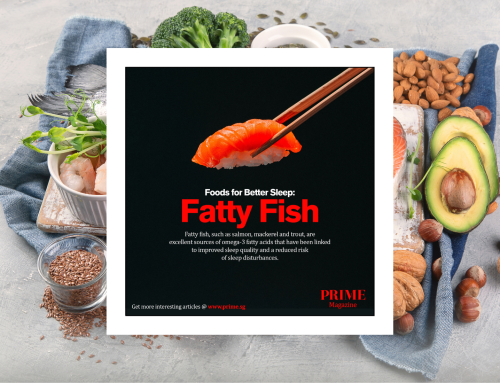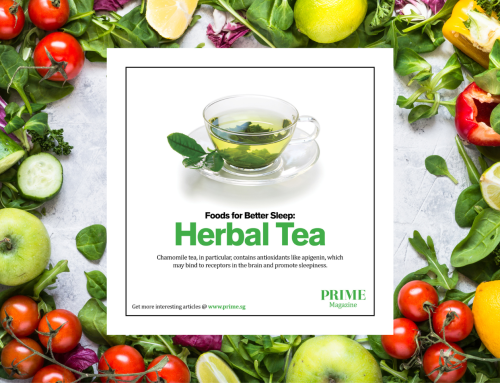In the world of modern food production and consumption, a veil of mystery often shrouds the ingredients that enter our food. While regulatory bodies strive to ensure food safety and labeling transparency, there are still many hidden ingredients that slip in, and are not printed on food labels. These controversial and ethically charged additives in confectionary and everyday food might cause you to raise your eyebrows.
1. Castoreum: A Flavorful Secret
Castoreum, a substance extracted from the scent glands of beavers, has been used for centuries as a natural flavoring agent. While it may sound bizarre, castoreum’s musky and vanilla-like aroma makes it an attractive addition to certain foods and perfumes. However, it is rarely used and is limited due to its complex sourcing process, cost and likelihood of stirring up wildlife controversies.
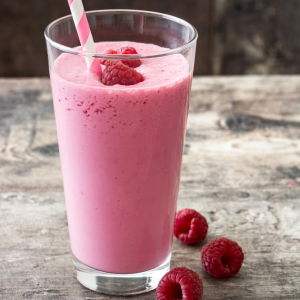
2. Carmine: The Colorful Conundrum
Ever wondered what gives that vibrant red hue to your strawberry yogurt or fruit-flavored candies? In some cases, it is carmine, a natural food coloring derived from crushed female cochineal insects. This age-old technique has been employed by indigenous cultures for centuries, but it has sparked controversy in recent times due to ethical and allergenic concerns. Starbucks used carmine in their strawberry-flavored drinks and it eventually drew fire in 2012 from vegans and vegetarians. They substituted it with lycopene, a tomato-based extract in their strawberry-flavoured drinks.

3. Trans Fats: The Stealthy Saboteurs
While the detrimental effects of trans fats on health have become widely known, they can still manage to sneak their way into foods under certain labeling loopholes. Trans fats are often hidden in partially hydrogenated oils, which are used in some fried and processed foods to extend shelf life and enhance texture. Despite regulations limiting their presence, consumers must remain vigilant about scrutinizing food labels to avoid these stealthy saboteurs.
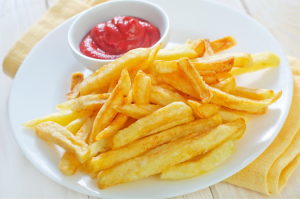
4. Bleached Flour: A Bright Idea?
White flour is a staple ingredient in many baked goods, but its pristine appearance is often achieved through a bleaching process. Chemical agents like benzoyl peroxide or chlorine gas are used to whiten the flour and expedite the aging process. While deemed safe for consumption by regulatory bodies, concerns have been raised about potential residual chemicals and the nutritional impact of the bleaching process.
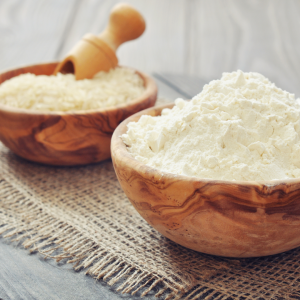
5. Meat Glue: Bonding for Culinary Creativity
Ever enjoyed a perfectly shaped chicken nugget or a uniform slice of deli meat but are not lab-grown? You might have tasted an enzyme known as transglutaminase, also known as “meat glue.” This enzyme can bond pieces of meat together, allowing for creative presentations and the transformation of lesser cuts into appealing portions. While it is considered safe when used according to regulations, it is another food additive that can cause scepticism.
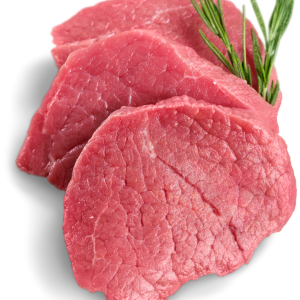
6. Shellac: The Shiny Coating
You might have bought shiny jellybeans and shiny candies when you were young because of their colour. This shine is comes from shellac. It is a natural resin, secreted by the female lac beetle, and used as a food-grade coating to enhance the appearance of various products. While it is considered safe for consumption, its insect-derived source has made it controversial for vegans.
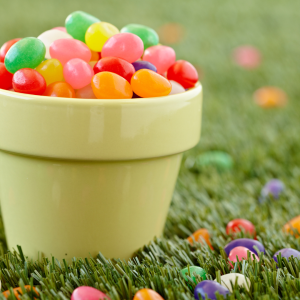
7. L-Cysteine: Dough Conditioning with a Twist
L-Cysteine is an amino acid commonly used in the baking industry to improve the texture and shelf life of bread and other baked goods. While it can be synthesized or sourced from various places, one of the more unconventional sources is human hair or duck feathers. The human body processes, L-Cysteine, an amino acid into into glutathione, a powerful anti-oxidant. However, the thought of using these materials in food production can be a turnoff or confounding.
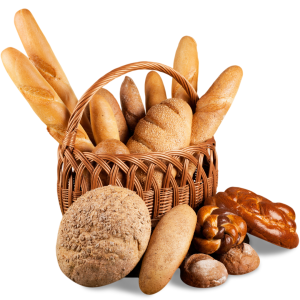
As consumers, we have the right to be informed about the ingredients in our food and the processes used to prepare them. By being mindful of what we consume and staying educated about food production practices, we can navigate the complex landscape of modern eating with confidence and curiosity.







